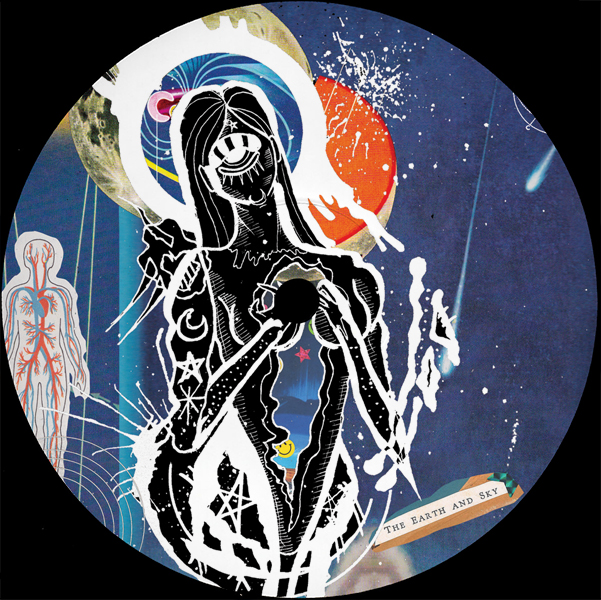Here’s an overview:
- Understanding the Basics of Electro Music
- Setting Up Your Home Studio for Electro Music Production
- Exploring Essential Equipment for Electro Music Production
- Mastering Synthesizers and Sound Design Techniques
- Creating Catchy Melodies and Chord Progressions
- Layering Beats and Rhythms in Electro Music
- Utilizing Effects and Mixing Techniques
- Exploring Different Subgenres within Electro Music
- Collaborating with Vocalists and Other Artists in Electro Music
- Promoting and Sharing Your Electro Music Online
Understanding the Basics of Electro Music
- Electro music is a genre that combines elements of electronic and dance music to create a dynamic and energetic sound.
- It often features synthesizers, drum machines, and sequencers to produce repetitive beats and catchy melodies.
- Understanding the basics of electro music involves learning about different electronic music production tools such as MIDI controllers, digital audio workstations (DAWs), and software synthesizers.
- Producers use these tools to create unique sounds, experiment with different tempos and rhythms, and layer multiple tracks to build complex compositions.
- It’s essential to grasp the concept of sound design, sampling, mixing, and mastering to achieve a polished and professional electro music production.
Setting Up Your Home Studio for Electro Music Production
- Create a dedicated space for your studio setup.
- Invest in quality studio monitors, headphones, and audio interface.
- Acquire a MIDI controller and synthesizers for hands-on control.
- Install Digital Audio Workstation (DAW) software for music production.
- Consider acoustic treatment to optimize sound quality in your studio.
- Organize cables and keep your workspace clutter-free.
- Experiment with different lighting to create an inspiring atmosphere for creativity.
Exploring Essential Equipment for Electro Music Production
- MIDI Keyboard: An essential tool for playing melodies, chords, and basslines.
- Digital Audio Workstation (DAW): Software where all the magic happens, from composing to mixing and mastering.
- Headphones: Crucial for monitoring and mixing, providing detailed sound without interference.
- Studio Monitors: Essential for accurate sound reproduction and critical listening.
- Audio Interface: Connects your instruments and microphones to your computer while ensuring high-quality audio recordings.
- MIDI Controller: Allows for hands-on control of virtual instruments and effects within your DAW.
- Drum Machine: Used for creating electronic drum patterns and beats with precision.
- Synthesizers: Key for generating unique sounds and textures to elevate your tracks.
Mastering Synthesizers and Sound Design Techniques
- Mastering synthesizers involves understanding various components such as oscillators, filters, and envelopes.
- Experiment with different waveforms, modulation types, and filter settings to create unique sounds.
- Dive into sound design techniques like layering, processing, and effects to add depth and richness to your tracks.
- Explore techniques such as FM synthesis, wavetable synthesis, and granular synthesis to push the boundaries of sound creation.
- Delve into recording and manipulating audio samples to incorporate organic elements into your electronic music compositions.
Creating Catchy Melodies and Chord Progressions
- Crafting an infectious melody is key to a successful electro track.
- Experiment with different synths and instruments to find the perfect sound.
- Utilize arpeggiators and sequencers to generate unique melodic patterns.
- Incorporate variations in rhythm and note lengths to keep the melody interesting.
- When creating chord progressions, consider using inversions and extensions for added depth.
- Explore different scales and modes to find harmonies that evoke the desired mood.
- Don’t be afraid to break traditional harmony rules to create a fresh and intriguing sound.
- Remember, catchy melodies and chord progressions are the foundation of a memorable electro track.
Layering Beats and Rhythms in Electro Music
- Layering beats and rhythms is a fundamental aspect of creating dynamic and engaging electro music.
- Utilize drum machines, synthesizers, and samples to build intricate rhythms that drive the energy of the track.
- Experiment with different tempos, time signatures, and percussion elements to add complexity to the layers.
- In electro music production, combining various drum patterns and loops can enhance the groove and texture of the music.
- Pay attention to the balance and timing of each layer to ensure a cohesive and compelling overall sound.
Utilizing Effects and Mixing Techniques
- Utilize a variety of effects such as reverb, delay, distortion, and modulation to add depth and texture to your tracks.
- Experiment with different mixing techniques like panning, EQ, and compression to achieve a balanced and professional sound.
- Use automation to create dynamic changes in volume, effects, and other parameters throughout your tracks.
- Consider adding sidechain compression to create space for the kick drum by ducking other elements in the mix.
- Remember to listen critically and make adjustments to ensure all elements work together harmoniously.
Exploring Different Subgenres within Electro Music
- Electro House: Known for its energetic and driving rhythms, with prominent basslines and catchy melodies.
- Electro Pop: Combines electronic elements with pop music, creating infectious beats and hook-filled choruses.
- Electro Swing: A fusion of electronic dance music with vintage jazz sounds, characterized by a swinging rhythm.
- Nu-Disco: Blending disco influences with modern electronic production, resulting in funky and groovy tracks.
- Future Bass: Featuring emotional chords, unique vocal chops, and heavy basslines, often creating a dreamy atmosphere.
Collaborating with Vocalists and Other Artists in Electro Music
- Working with vocalists can bring a new dimension to electro music production.
- Vocalists can provide unique melodies, harmonies, and lyrics that enhance the overall composition.
- Collaborating with other artists, such as instrumentalists or producers, can result in fresh ideas and innovative sounds.
- Communication and collaboration are key in ensuring that the final product meets everyone’s vision and expectations.
Promoting and Sharing Your Electro Music Online
- Establish a Strong Online Presence: Utilize social media platforms such as SoundCloud, Bandcamp, and Mixcloud to showcase your music to a wider audience.
- Collaborate with Other Artists: Partner with fellow musicians to create remixes or collaborations, expanding your reach and fan base.
- Submit Your Tracks to Online Radio Stations: Share your music with online radio stations specializing in electronic music to gain exposure and attract new listeners.
- Engage with Your Audience: Interact with your fans through live streams, Q&A sessions, and behind-the-scenes content to build a loyal following.
- Utilize SEO Techniques: Optimize your online content with relevant keywords to increase visibility in search results and attract more organic traffic.







